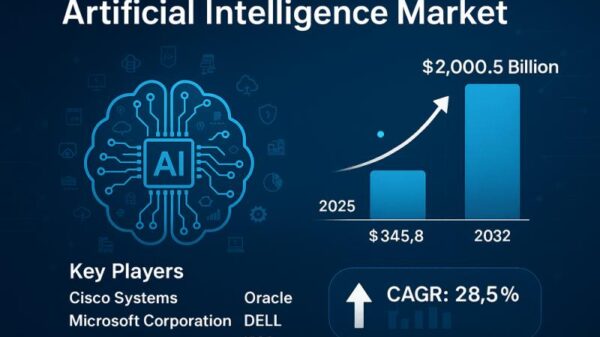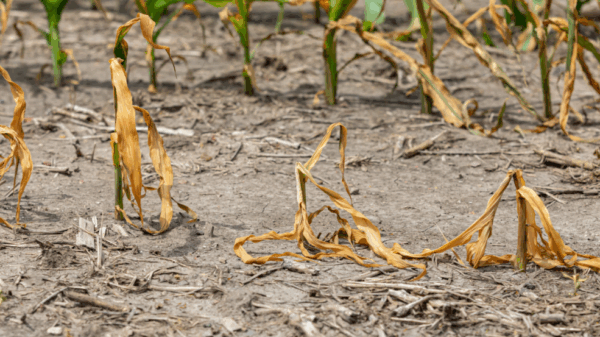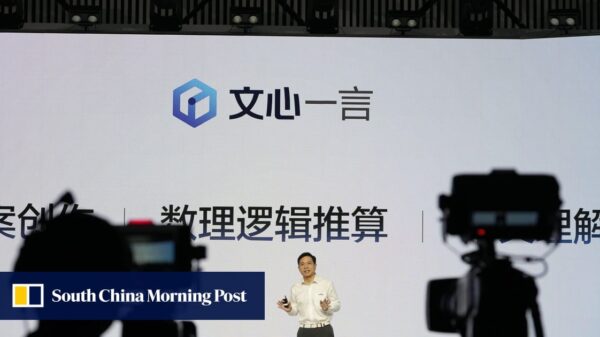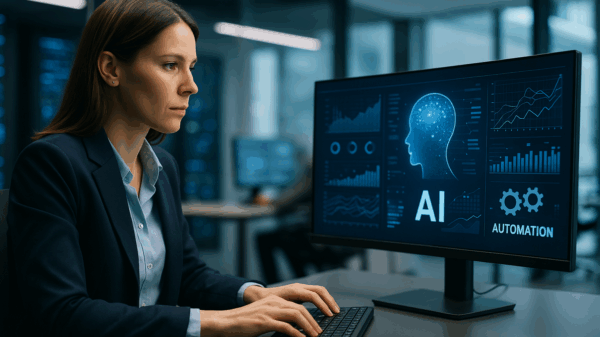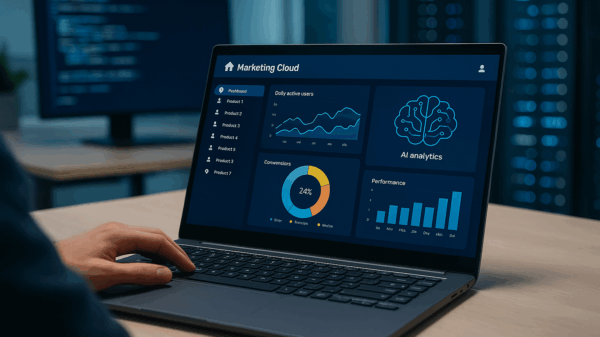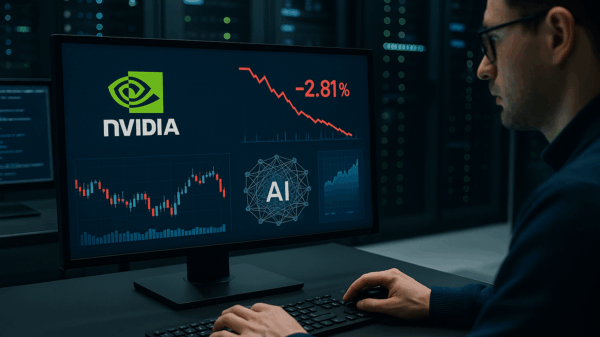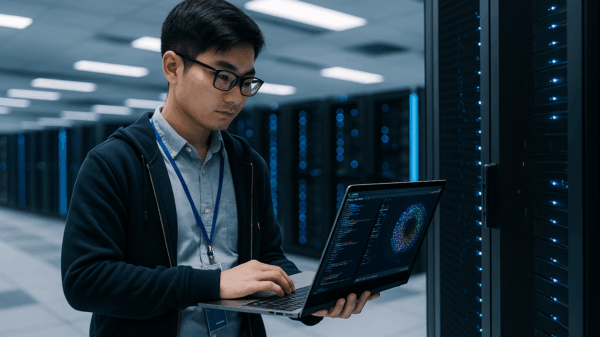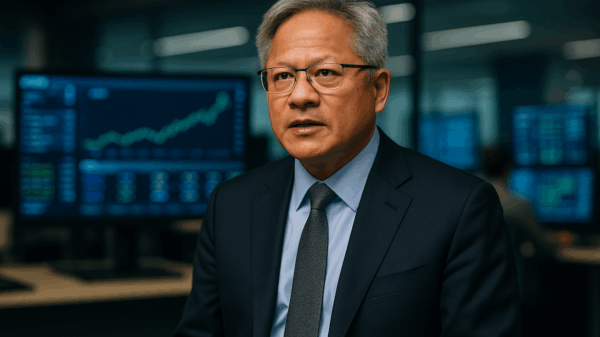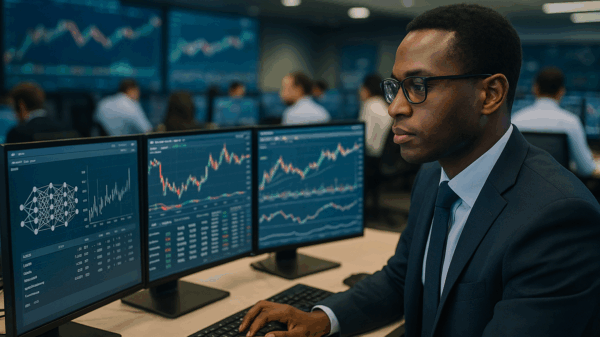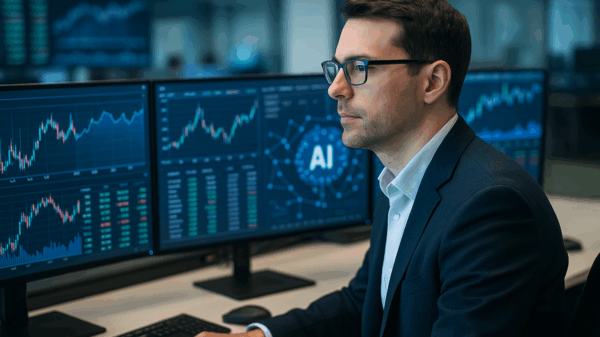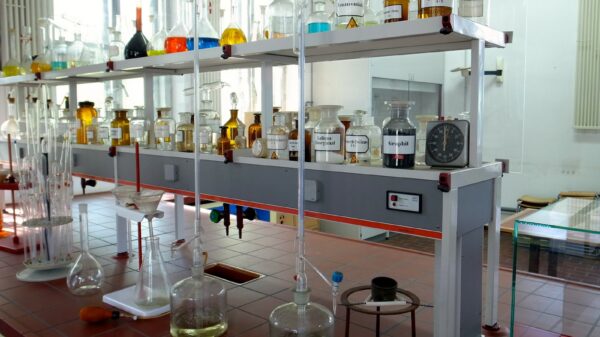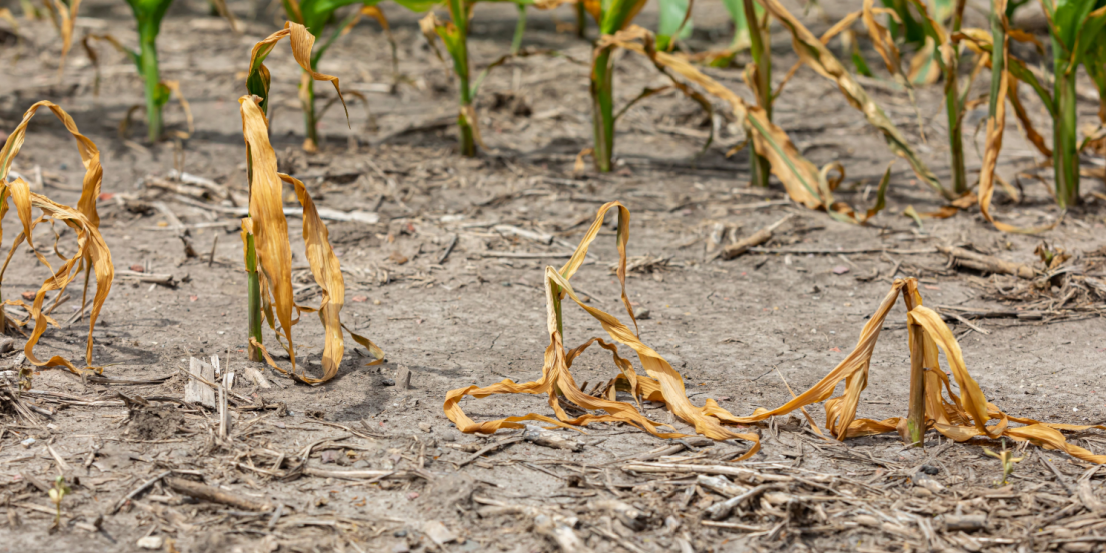As countries worldwide accelerate their efforts to develop the infrastructure necessary for artificial intelligence (AI), a critical warning has emerged from an unexpected sector: agriculture. Farmers and food technology leaders are sounding the alarm about the increasing competition for essential resources, such as electricity and water, which are vital for both AI data centers and food production.
The message is clear: the rapid growth of AI may have far-reaching agricultural implications that policymakers have yet to adequately address.
Strains on Essential Resources
At the recent Fortune Innovation Forum in Kuala Lumpur, Gerard Lim, CEO of the vertical-farming company Agroz, highlighted a concerning trend. Countries are investing billions into data centers to meet the burgeoning demand for AI, which necessitates significant electricity and water for running servers and cooling equipment. Lim emphasized, “The electricity that we’re using for our data centers and AI chips? Don’t forget that it is also required for us to grow food.”
This competition for resources has already prompted some governmental responses. For instance, Singapore halted data-center expansions in 2019 due to concerns about water and energy consumption. In the United States, states like Virginia, which are experiencing a boom in data-center construction, have witnessed rising electricity prices.
Lim cautioned, “Don’t forget the humans in the equation—because the energy all these data centers are utilizing is going to leave the human sectors out at some point.” This stark warning underscores the potential for a resource crisis if the expansion of AI infrastructure continues unchecked.
Meeting Global Food Demands
In addition to resource constraints, the increasing global population and rising incomes are driving demand for higher-quality food. Richard Skinner, a partner in private capital at Olivia Wyman, noted that as people become wealthier, their preference for protein-rich diets intensifies. Lensey Chen, president of biosolutions firm Novonesis in Asia-Pacific, added that global food requirements could surge by 50% by 2050. “It’s critically important to increase the yield, increase output from existing resources,” she stated.
Innovative farming technologies may provide a solution to these challenges. Lim reported that Agroz has achieved up to 500% increases in yields through controlled environments that use 20 times less water than traditional open-field farming. “Technology and innovation are very important for us to grow in less land and use less resources,” he emphasized.
Leveraging Existing Agricultural Technologies
However, Skinner pointed out that progress in agriculture does not solely depend on advanced new technologies. Traditional methods—such as greenhouses, improved irrigation systems, and enhanced livestock data—are still underutilized, particularly in Asia. He cited rice farming as an example, which accounts for approximately 8% of global carbon emissions. While fields are often flooded to control weeds and pests, this practice creates low-oxygen conditions that produce methane. Skinner advocated for drip irrigation systems, which directly supply water to plant roots, as a way to conserve water and reduce emissions.
Enhancing Food Quality through Innovation
Food innovation is not solely about increasing production; improving the quality of food is equally essential. Chen stated that enhancing taste, nutrition, and health must accompany sustainability goals. Novonesis is collaborating with the renowned three-Michelin-star restaurant Noma in Copenhagen to explore new flavors driven by fermentation.
“We go food shopping not just because it’s sustainable. It’s because it’s tasty, it’s nutritious, it’s healthy, right?” Chen remarked. “They are masters of taste, and we are masters of fermentation.” This collaboration exemplifies how culinary arts can intersect with agricultural advancements to create better food options for consumers.
The intersection of AI development and agricultural sustainability presents both challenges and opportunities. As nations continue to build the infrastructure that supports AI technologies, it is imperative to consider the implications for food production and resource availability. By investing in both technology and sustainable agricultural practices, we can create a future where the needs of both sectors are met effectively.
Sources: Fortune





